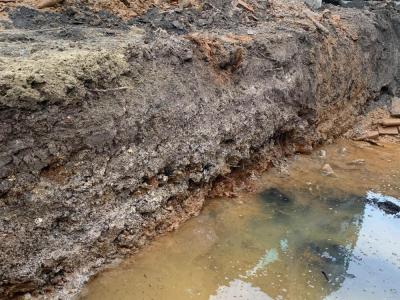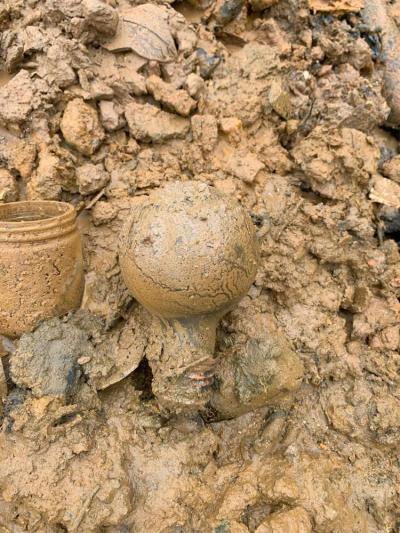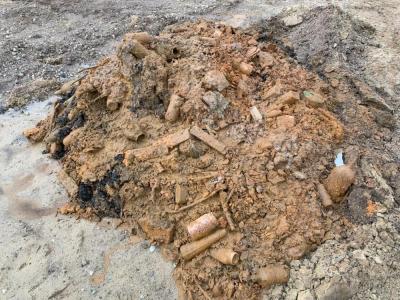Bliss Corner cleanup will soon resume with ‘ambitious sampling’
With the Bliss Corner cleanup project set to resume this spring, the Environmental Protection Agency is aiming to sample an additional 30 properties to determine if it’s possible to adjust the project’s boundaries.
This decision comes over two years after the EPA began sampling and removing soil contaminated with high levels of lead and Polychlorinated Biphenyls — or PCBs — from Bliss Corner properties.
On-scene Coordinator Cayla Jimenez said the agency is pursuing “such ambitious sampling” because the depth contaminants are being found at “vary widely across properties and across the entire area of investigation” and to different extents at each site.
By sampling 30 properties, the team could “further define the extent of contamination,” she said.
She added this could also allow the EPA to focus on “more central locations rather than wandering about the outskirts.”
At each site, researchers remove 10, 3-foot-deep soil cores then take one sample from the top foot of soil and an additional sample from the bottom two feet, Jimenez said. This soil is then tested for lead and PCBs.
When the lead concentration is greater than 1,000 parts per million and the PCBs concentration is greater than 23 parts per million, the soil is considered contaminated.
Jimenez is also in the process of developing a decision document, which would allow her to spend money on the project as an on-scene coordinator at the EPA. If the document is approved and she is granted the funding, the team plans to conduct three “removal actions” in addition to sampling 30 properties.
The project, which began in summer 2022 after years of investigation following the discovery of lead and PCBs at the demolition site of a single-family home on McCabe Street in 2018, has seen the clean up of 17 properties so far.
Cleaning these properties first involved first testing the soil at each site, followed by the EPA excavating the contaminated soil and disposing it properly at an EPA permanent facility. The removed soil was then replaced by clean soil and the sites were “restored to the extent practicable,” Jimenez said.
While the project doesn’t currently have a set timeline, Jimenez said she hopes the “extensive sampling” set to begin this spring will help them “develop a better idea of what may happen in the neighborhood.”
She added ideally they would reach a point when none of the samples they take would contain high levels of lead and PCBs but noted that during the most recent sampling event this past November, all nine properties were contaminated.
The sampling process is entirely voluntary and up to the homeowners and residents whether they want to participate, which means the number of properties tested is “contingent upon homeowners and residents [and] their willingness to grant us access,” Jimenez said.
















